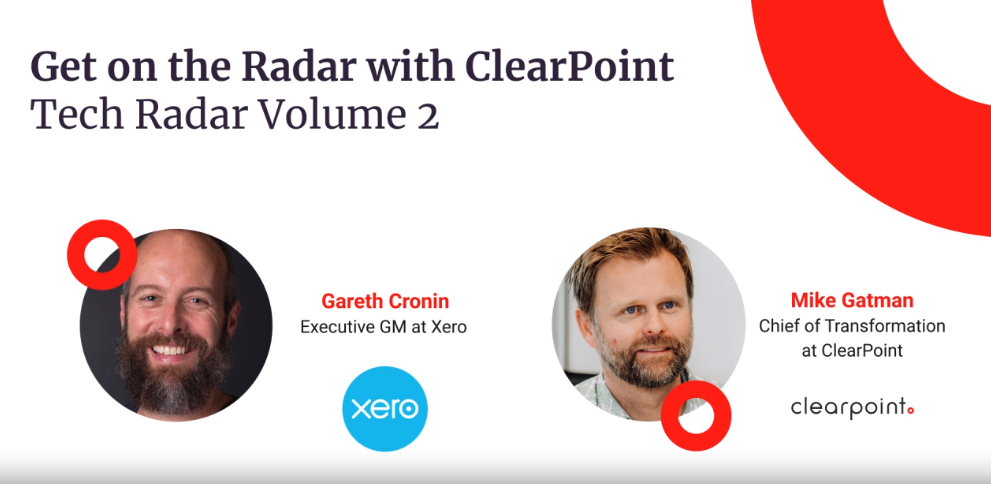Delivering quality products and services in today’s rapidly evolving technological landscape requires continuous transformation. Whether your team has enthusiastically embraced this process or is still coming to terms with the need to resolve significant legacy issues, transformation will remain a persistent theme for years to come and is an ongoing journey.
Recent years have seen a growing understanding of the importance of engineering culture as a source of competitive advantage. Once relegated to pure cost-centre status, it’s now well understood that modern engineering teams drive successful outcomes by delivering products fast, with a keen focus on innovation, quality or security. Companies who foster a strong engineering culture by defining a clear vision for the transformation journey they are on, and by adopting the right ways of working, will most likely outperform the market.
"While it’s important to keep a target state in mind as a goal for engineering culture, it’s also important to understand objectively how you’re currently performing", says Gareth Cronin, EGM – Practice at Xero.
The four DORA metrics, famously described in Accelerate, and validated through research at thousands of companies, are critical indicators in assessing organisational performance. These metrics – lead time for changes, deployment frequency, mean time to restore, and change failure rate – help assess and describe engineering performance in a way that teams throughout Xero can understand and deliver.
"As a software product company, we look at the business as a four-legged stool. There’s design, product, product marketing, and technology, and all four areas need to understand the DORA metrics. The health status of products is a shared problem, not just something that belongs to engineering to solve. It’s something that affects customers, and it’s important that the whole team gets behind it" - Gareth Cronin, EGM – Practice at Xero
While improved performance on DORA metrics are positive for teams across the entire organisation, progress won’t always be smooth. Leaders embarking on a transformation journey should be prepared to encounter significant constraints across architecture, infrastructure, ways of working, and engineering practices. Leadership is critical through this process", says Mike Gatman, ClearPoint’s GM Digital Advisory.
Technology leaders should understand, advocate for and communicate to teams the J-curve effect of transformational change. Delivery can be expected to slow for a time whilst teams focus on where improvements in their deployment pipelines, along with changes in workflows, are required. Leaders should set a vision of acceleration beyond this point, where smaller deployable with appropriate test coverage in the pipeline enable teams to deliver code quickly and safely. In other words? Delivery of products and services may slow before pace really starts to pick up.
A persistent theme in the transformation journey is a transition from monolithic architecture to microservices. While there’s plenty of healthy discussion about the right approach to take, industry notable Dan North usefully describes the right approach to microservices as “software that fits in your head.” Extension of that principle to the team environment drives re-organisation of teams around sensible outcomes, based on logical business domains.
According to Team Topologies author Matthew Skelton, if the software we’re working on does not fit in our heads, it will be very difficult to improve on DORA metrics. Software too big? Your team will distrust tests, take more time to find out what’s going on, and lead time will extend. Don’t understand software well enough? You won’t have the confidence to deploy more frequently. Skelton suggests asking a simple but powerful question when re-organising: how well can each team understand the systems they own and develop?
This thinking is expressed at Xero through a domain-driven approach to architecture, which creates a common language for technical and business executives to get behind. This approach is not without its challenges. Cronin emphasises the importance of strong leadership and investment in the right areas.
"It’s really important not to underinvest in enabling teams. Standards and metrics are great, but to help people meet those metrics and make necessary changes, it’s great to have a group of experts who can move from team to team and focus on making that change happen.” - Gareth Cronin, EGM – Practice at Xero
The maxim encouraging working on your business versus in your business holds true in the digital transformation context. Engineers, no matter how talented, are occupied with existing deliverables. Effective transformation will require strong leadership and dedicated resources to embed the changes necessary to improve performance and compete in a digital-first environment.
Time to make transformation a priority? Take a closer look at how we can help.
.png)




